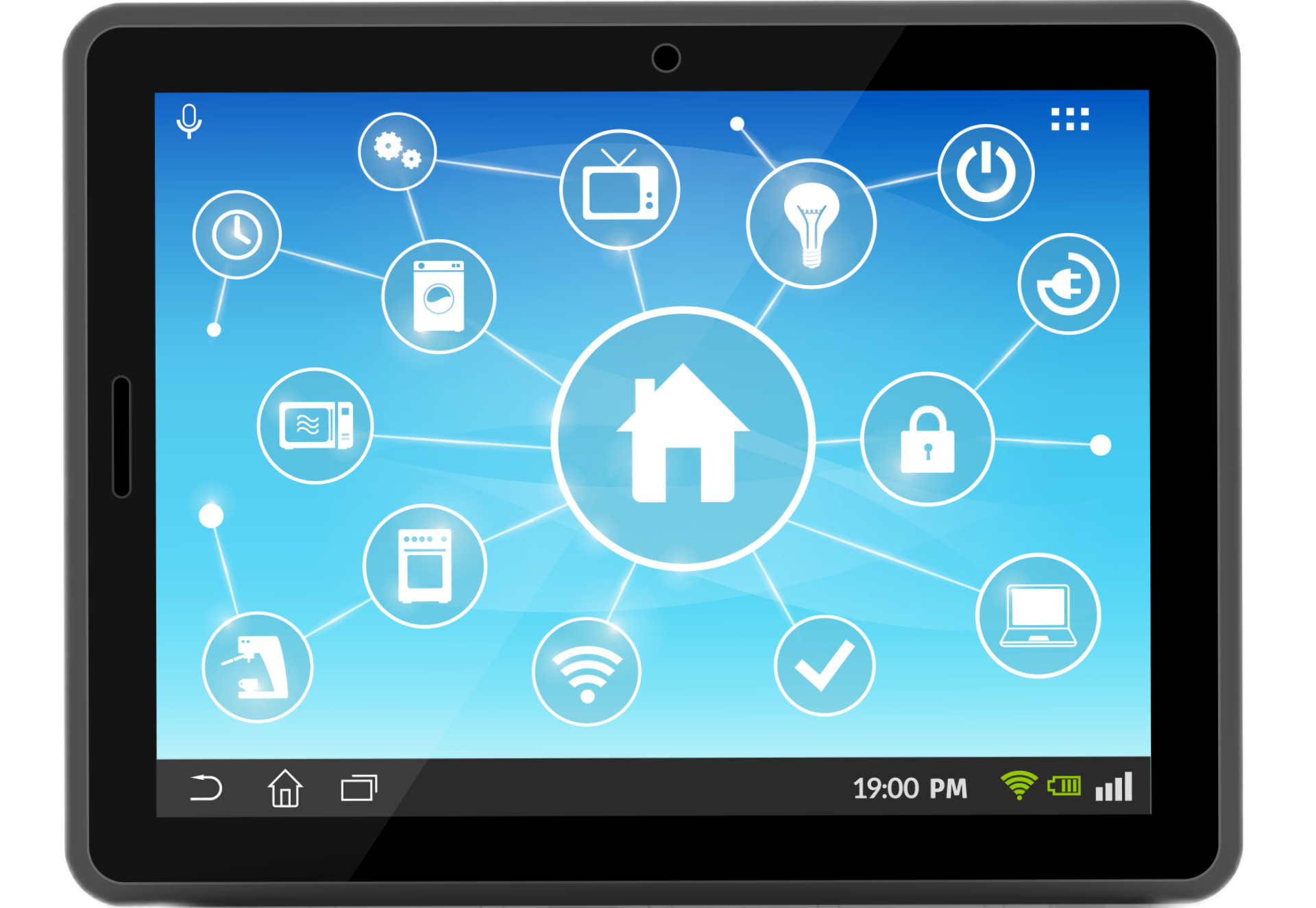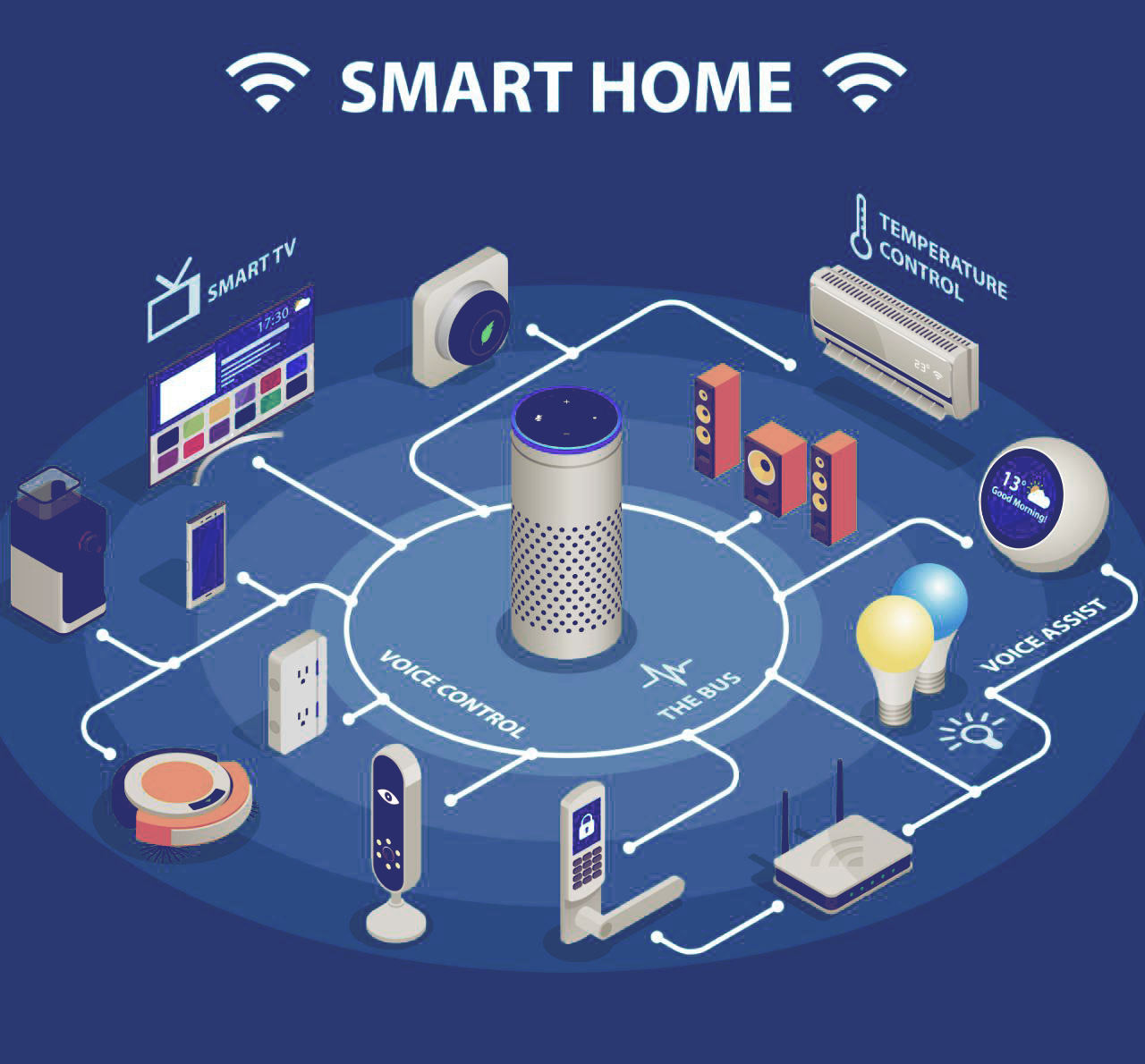MODERN SMART HOME TECHNOLOGIES
Design and assembly of smart home systems within an apartment or a private house

Nowadays there are more than ten communication standards, which are used when building smart homes: Ethernet, 1-Wire, X10, KNX, M-Bus, Mod-Bus, Insteon, Wi-Fi, Z-Wave, BLE, ZigBee, Matter. We are only going to talk in detail about the wireless ones, i.e. Wi-Fi, Z-Wave, BLE, ZigBее, and Matter, since it is mainly these systems that we use in our projects. The detailed information about them is provided below.
WIRELESS COMMUNICATION STANDARDS
Unified wireless system
While designing a smart home, we use all of the wireless communication protocols listed above, uniting them into one common and stable system, which allows us to make use of all possible advantages and get rid of disadvantages of each individual protocol. The system is structured in a way that makes sure that all of its main components would carry on functioning even when there is no external Internet connection, so that you could continue using lighting and electric devices, and also to ensure protection from water or gas leakage in case of communication failure, too.

Smart home
It is not a random set of smart devices, but a skilful automation of processes and properly set scenarios, which will make your life at your home more comfortable and simple!
Convenience
Comfort
Safety
Smart locks, door and window opening sensors, motion and vibration sensors, presence sensors
The entire control system in one single programme in your phone, voice control as well, if you wish
Smart lamps and lighting fixtures, smart background lighting, lighting intensity sensors
Low energy consumption of wireless sensors, the service life of a battery is 1-2 years on the average or even more
Ventilation and humidity control, wireless humidity sensors
House temperature control, we will connect your air conditioning system to the smart home system, too, wireless temperature sensors
